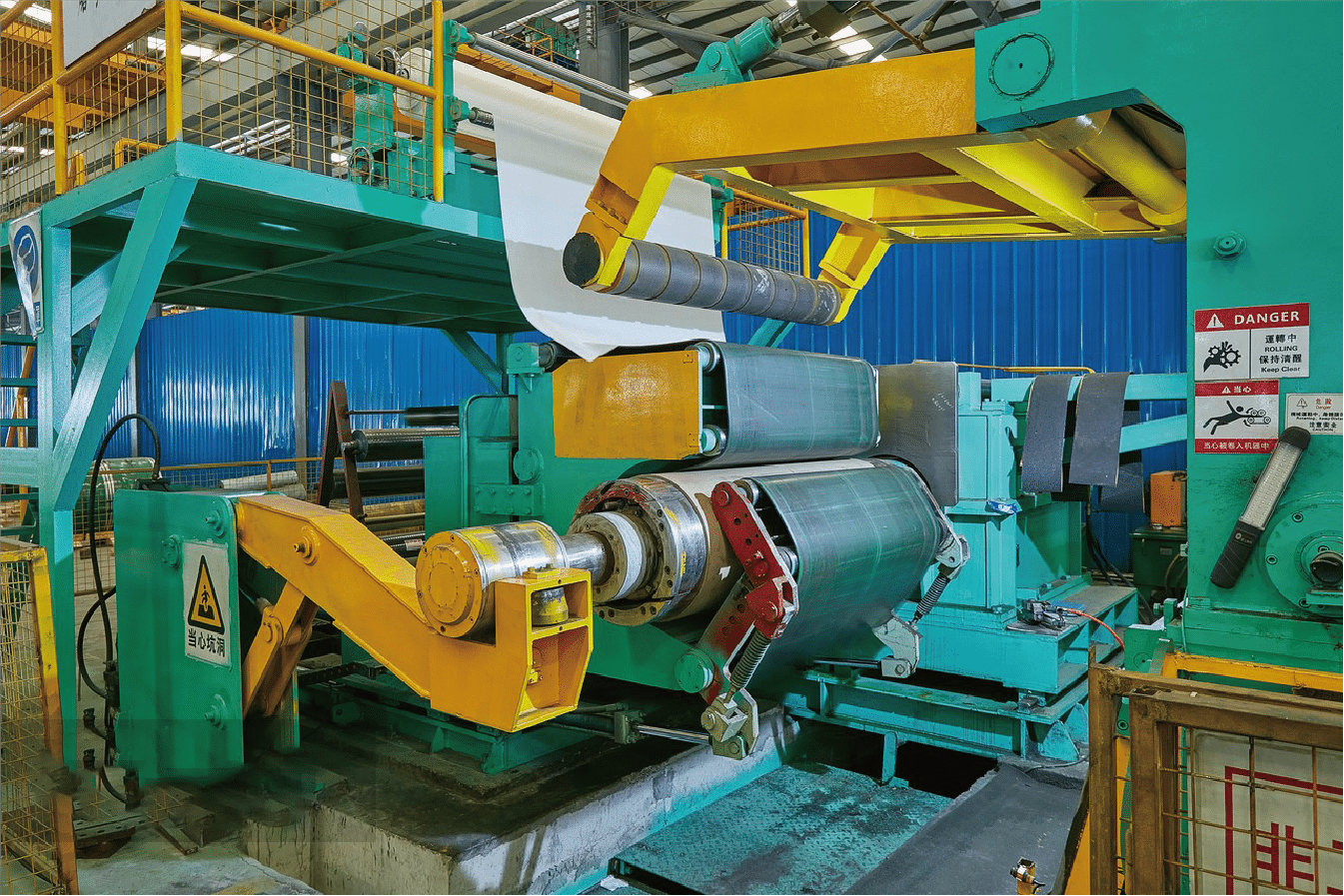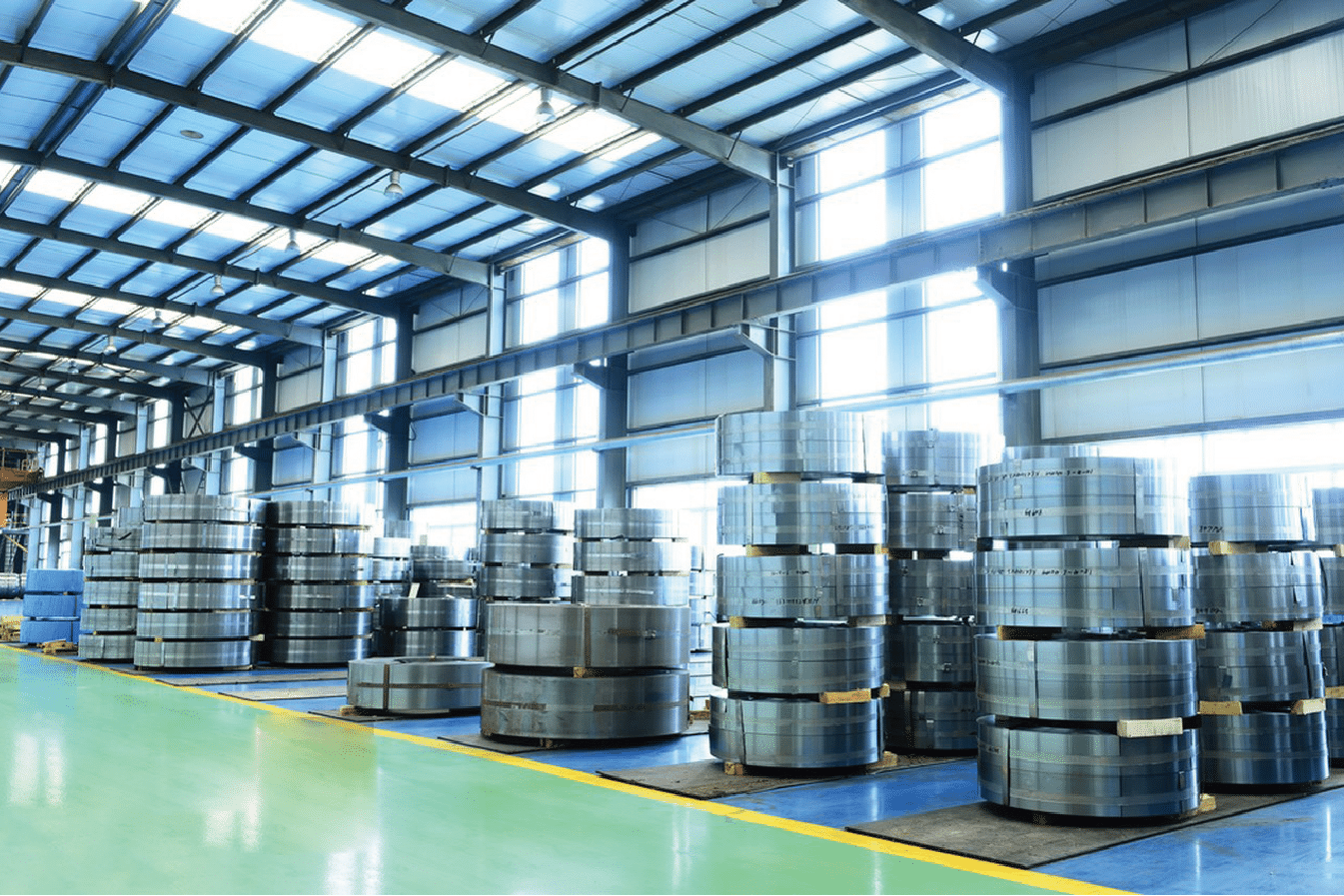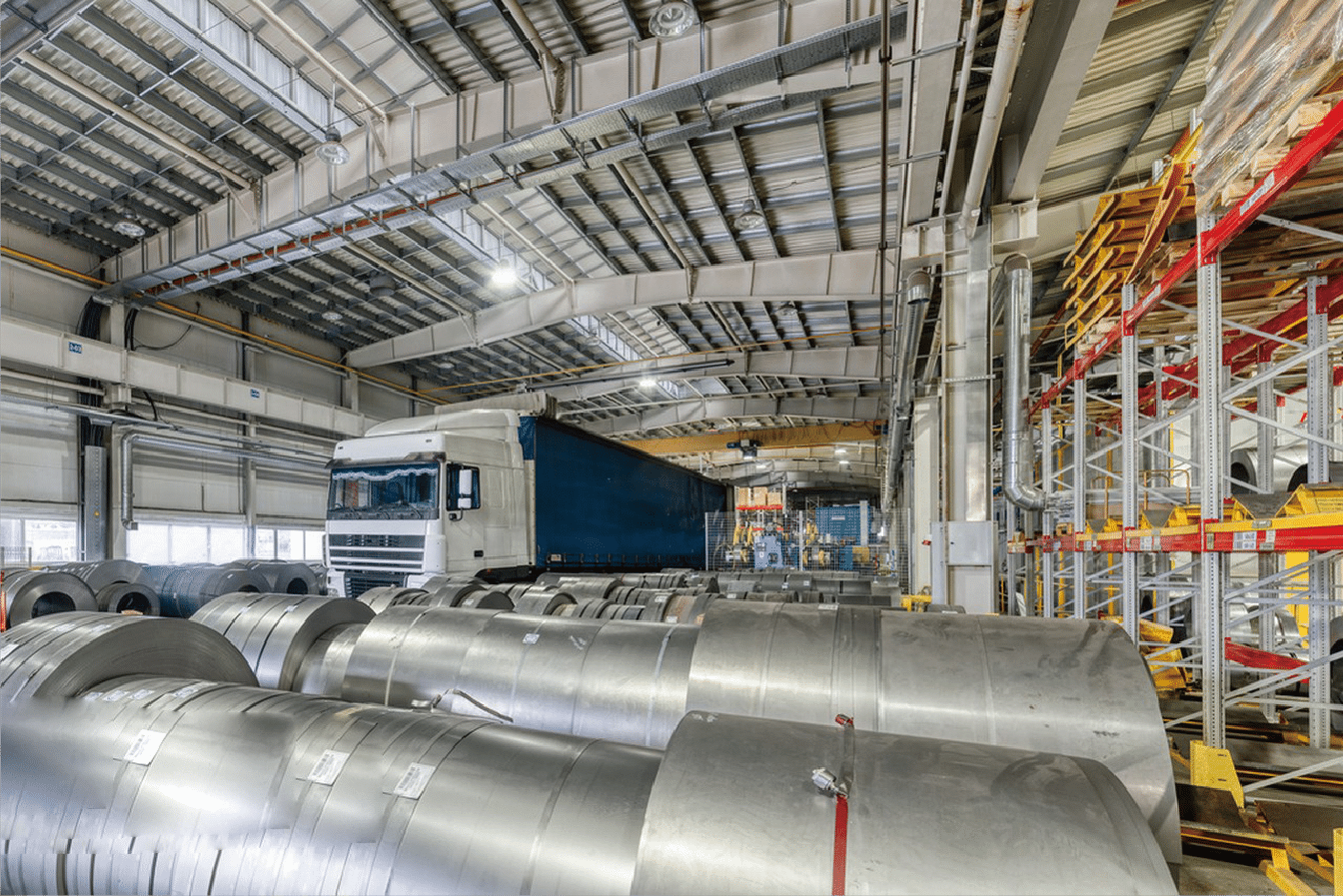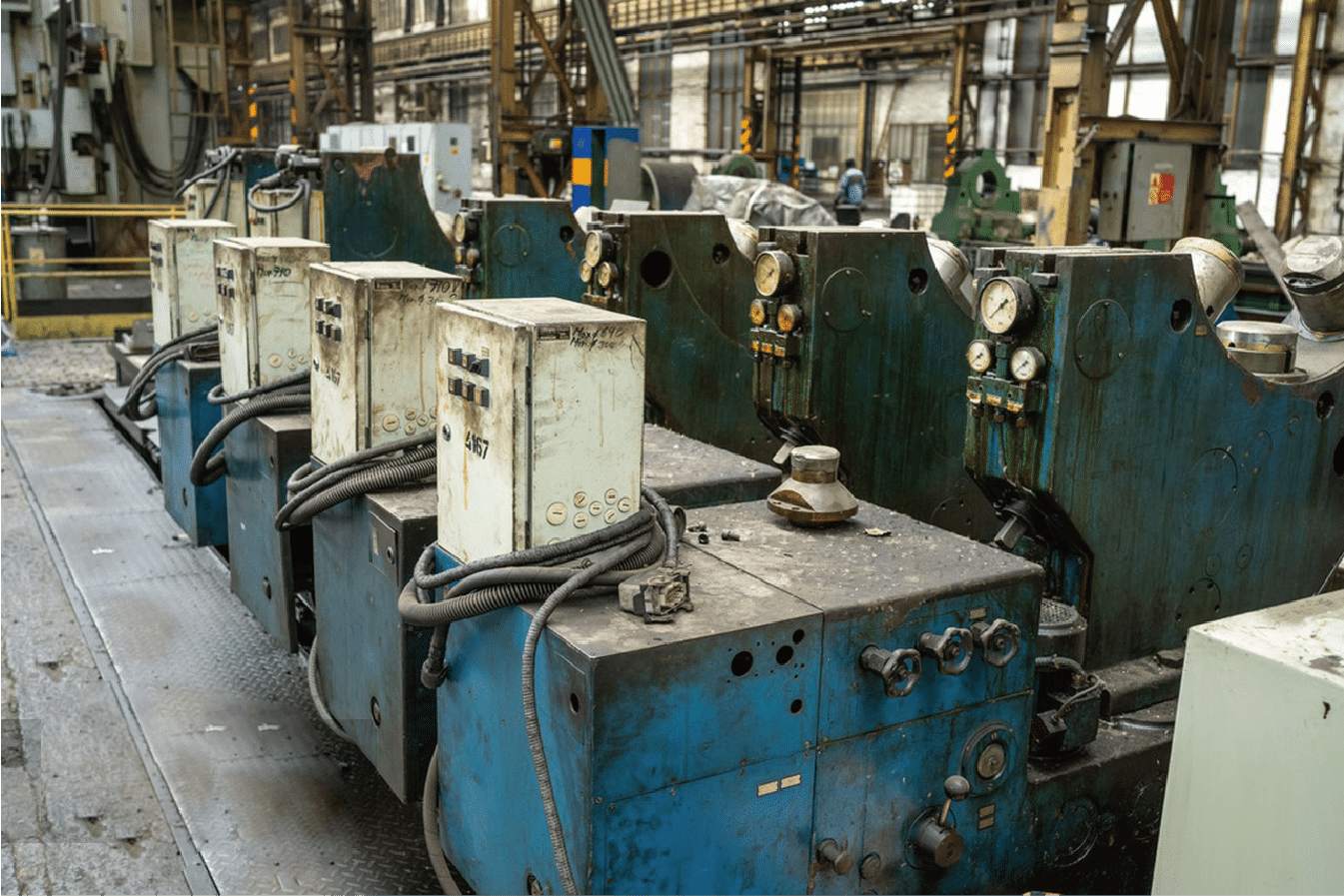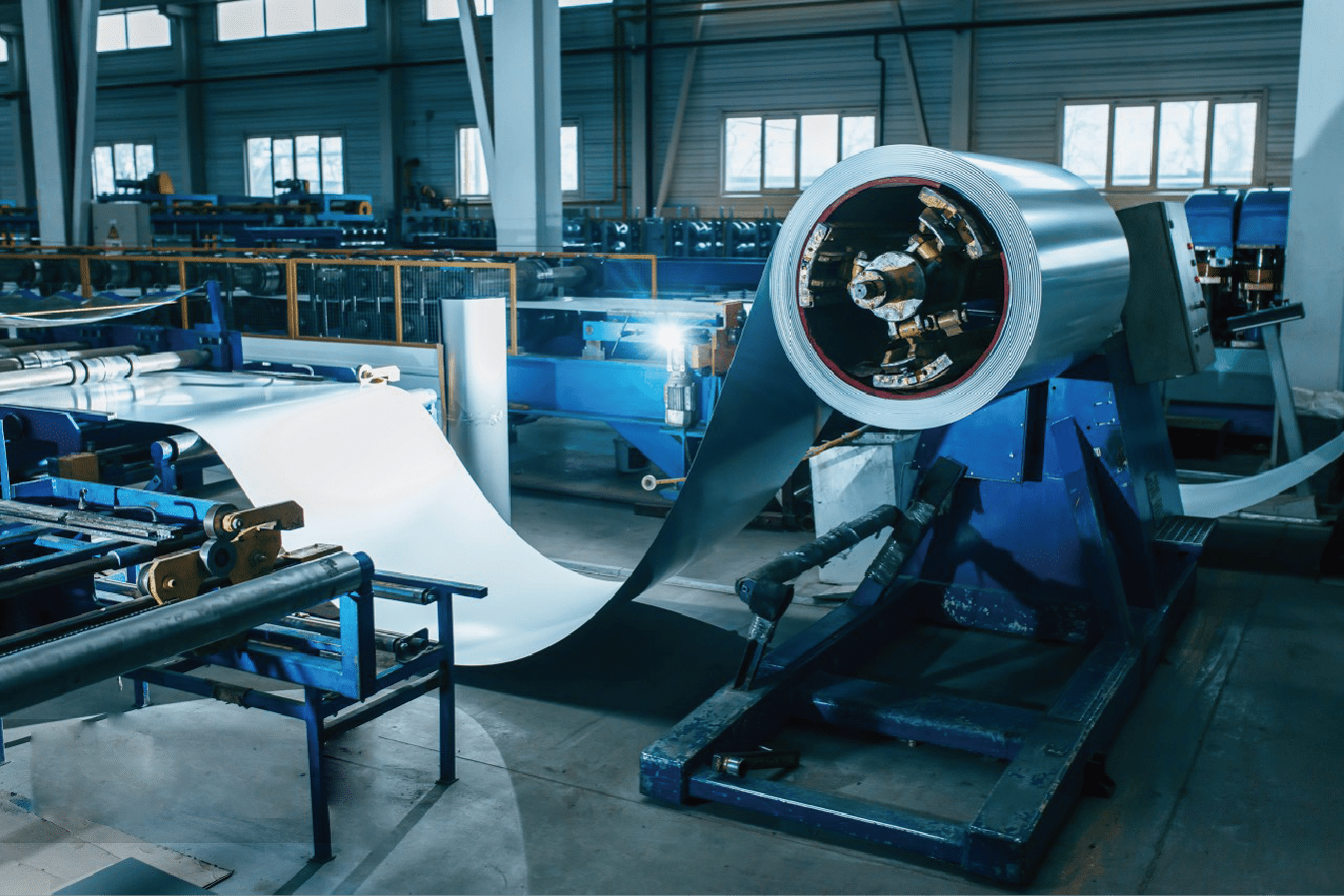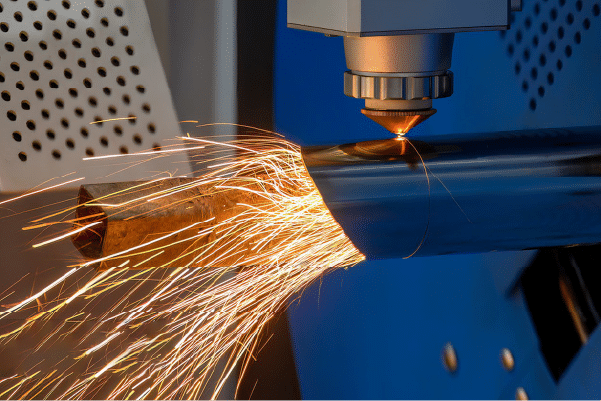
Ensuring food safety and hygiene starts with selecting the right stainless steel.
304, 316, and 430 stainless steel1 are the most common food-grade stainless steel types, each offering unique corrosion resistance, durability, and cost efficiency, depending on application needs.
Choosing the appropriate stainless steel grade impacts product lifespan, maintenance costs, and compliance with food safety standards. This guide dives deep into the distinctions between these grades and their applications.
What Are the Common Grades of Food Grade Stainless Steel?
Food-grade stainless steel primarily comes in three key grades, 304, 316, and 430, each designed to meet different food processing requirements.
Grade 3042 is widely used for its balance of cost and performance, 316 excels in harsh environments, and 430 offers an economical solution with moderate corrosion resistance.

1. Grade 304 Stainless Steel
- Composition: 18% chromium, 8% nickel (18/8).
- Properties: Non-magnetic, excellent corrosion resistance, easily fabricated.
- Applications: Sinks, kitchen surfaces, and food containers.
2. Grade 316 Stainless Steel
- Composition: 16% chromium, 10% nickel, 2-3% molybdenum.
- Properties: Highly resistant to chlorides and acidic environments.
- Applications: Dairy, breweries, and marine food processing.
3. Grade 430 Stainless Steel
- Composition: 17% chromium, no nickel.
- Properties: Magnetic, moderate corrosion resistance.
- Applications: Kitchen appliances, decorative surfaces.
| Grade | Composition | Corrosion Resistance | Magnetic | Applications | Cost |
|---|---|---|---|---|---|
| 304 | 18% Cr, 8% Ni | High | No | Food prep surfaces, sinks, general equipment | Moderate |
| 316 | 16% Cr, 10% Ni, 2-3% Mo | Very High | No | Acidic/saline environments, marine processing | High |
| 430 | 17% Cr, no Ni | Moderate | Yes | Kitchen appliances, decorative use | Low |
Austenitic stainless steels (304 and 316) provide superior performance, while ferritic steel (430) offers a budget-friendly alternative for less demanding conditions.
How Do Stainless Steel Grades 304, 316, and 430 Differ in Food Applications?
The differences between 304, 316, and 430 stainless steels3 lie in their chemical composition, which affects corrosion resistance, durability, and cost.
304 and 316 are preferred for direct food contact surfaces, while 430 is suitable for indirect or less critical areas.

1. Corrosion Resistance
- 304: Handles standard food acids but is susceptible to salt exposure.
- 316: Resists chloride and acidic corrosion, ideal for harsh environments.
- 430: Moderate corrosion resistance, prone to pitting in moisture-rich areas.
2. Longevity and Maintenance
- 316: Outlasts other grades in aggressive environments.
- 304: Durable but requires upkeep in saline conditions.
- 430: Limited lifespan in humid or corrosive environments.
3. Heat Resistance
- 304/316: Withstand high temperatures without warping.
- 430: Can warp at elevated temperatures, restricting use in heat-intensive areas.
| Factor | 304 Stainless Steel | 316 Stainless Steel | 430 Stainless Steel |
|---|---|---|---|
| Corrosion Resistance | High | Very High | Moderate |
| Heat Resistance | Excellent | Excellent | Limited |
| Longevity | Long | Very Long | Moderate |
| Cost | Moderate | High | Low |
Which Stainless Steel Grades Are Approved for Direct Contact with Food?
Regulatory compliance ensures that food-grade stainless steels meet safety standards for direct food contact.
Grades 304 and 316 stainless steels4 are FDA and NSF-approved for direct food contact, while 430 is approved for indirect or less critical surfaces.

1. Regulatory Approvals
- 304/316: Meet FDA, EU, and NSF food safety standards.
- 430: Approved by FDA for limited food contact but less durable under prolonged exposure.
2. Cleanability
- 304/316: Non-porous surfaces prevent bacterial growth.
- 430: Requires more frequent cleaning to maintain hygiene.
3. Suitability for Harsh Conditions
- 316: Preferred for acidic foods and salt exposure.
- 304: Suitable for general food equipment.
- 430: Best for dry or decorative areas.
| Grade | FDA Approval | Hygienic Properties | Application |
|---|---|---|---|
| 304 | Yes | Excellent | General food prep, kitchen sinks, utensils |
| 316 | Yes | Superior | Dairy, seafood, brewing |
| 430 | Yes (limited) | Moderate | Appliances, decorative equipment |
What Factors Determine the Choice of Stainless Steel Grade in the Food Industry?
Selecting the right stainless steel grade depends on corrosion resistance, budget, and environmental factors.
For environments exposed to moisture, salts, or acids, 316 stainless steel5 is preferred. For dry environments, 304 or 430 may suffice.

1. Environmental Conditions
- 316: Handles marine and acidic environments.
- 304: Works well in standard food processing environments.
- 430: Suitable for dry or low-moisture areas.
2. Budget Constraints
- 430: Cost-effective but requires more frequent replacement.
- 304: Balances durability and cost.
- 316: Higher initial cost but lower maintenance expenses over time.
3. Application Type
- 304/316: Used for direct food contact.
- 430: Indirect contact or aesthetic applications.
| Factor | Best Grade Choice | Example Applications |
|---|---|---|
| Corrosive Environment | 316 | Dairy, marine processing |
| Budget-Friendly | 430 | Appliances, trays, decorative surfaces |
| General Use | 304 | Kitchen surfaces, sinks, utensils |
How to Identify and Verify Food Grade Stainless Steel Numbers?
Verification of food-grade stainless steel involves testing, certification, and documentation.
Certifications, magnet tests, and acid resistance tests6 are common methods for identifying stainless steel grades.

1. Certification and Documentation
- Check for ASTM or EN standards provided by suppliers.
2. Physical Testing
- Magnet Test: 304 and 316 are non-magnetic; 430 is magnetic.
- Acid Test: 316 resists acid; 430 corrodes under acid exposure.
3. Surface Markings
- Engraved or stamped grade numbers confirm authenticity.
| Method | Process | Accuracy |
|---|---|---|
| Certification Check | Request certificates | High |
| Magnet Test | Non-magnetic (304/316), magnetic (430) | Moderate |
| Acid Test | 316 resists acid, 430 corrodes | High |
Conclusion
Choosing the right food-grade stainless steel—whether 304, 316, or 430—ensures food safety, hygiene, and equipment longevity in food processing environments.
-
Understand the main types of stainless steel used in food applications ↩
-
Learn about the benefits and typical uses of 304 stainless steel ↩
-
Compare the properties and applications of these stainless steel grades ↩
-
Verify which stainless steels meet FDA and NSF standards for food safety ↩
-
Learn how 316 stainless steel resists corrosion in harsh food processing conditions ↩
-
Discover methods to test and confirm food-grade stainless steel authenticity ↩

